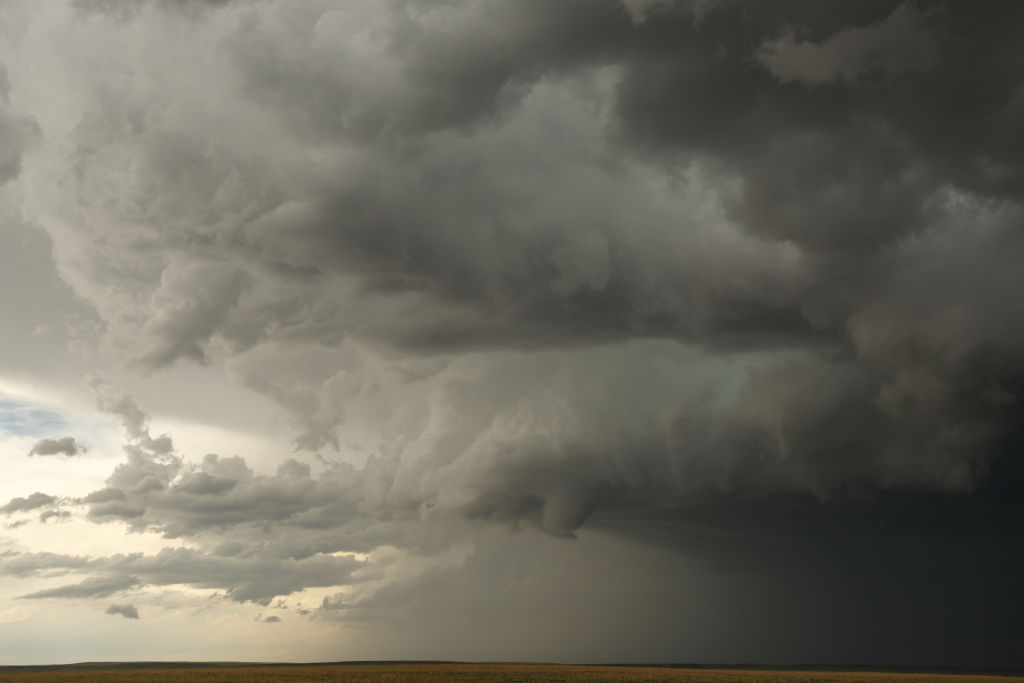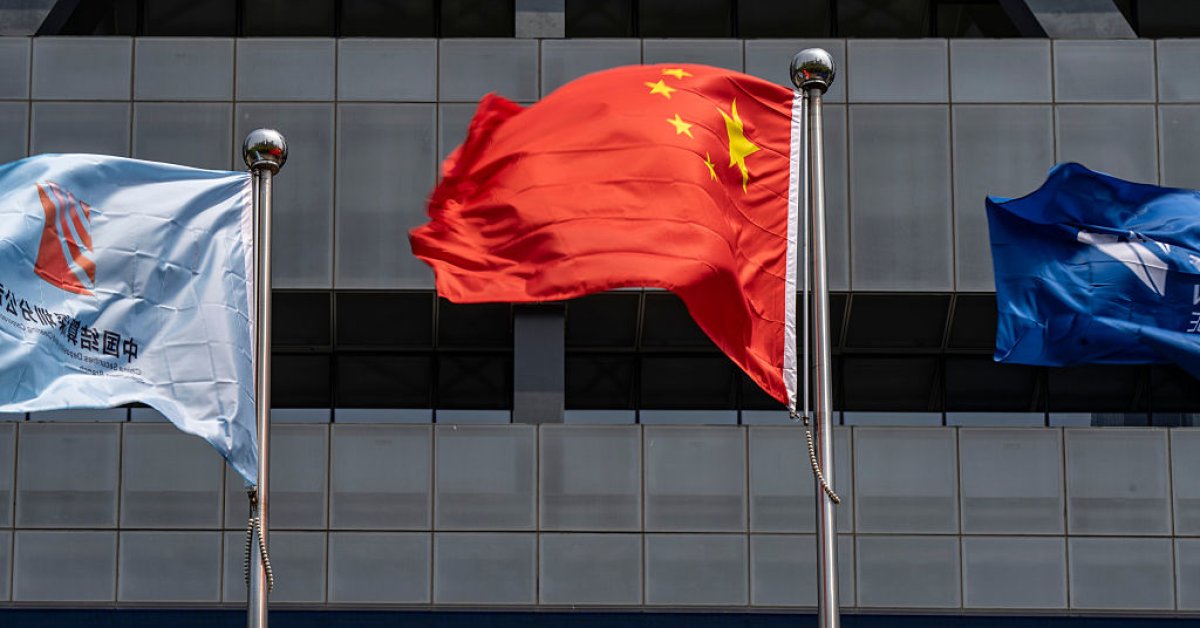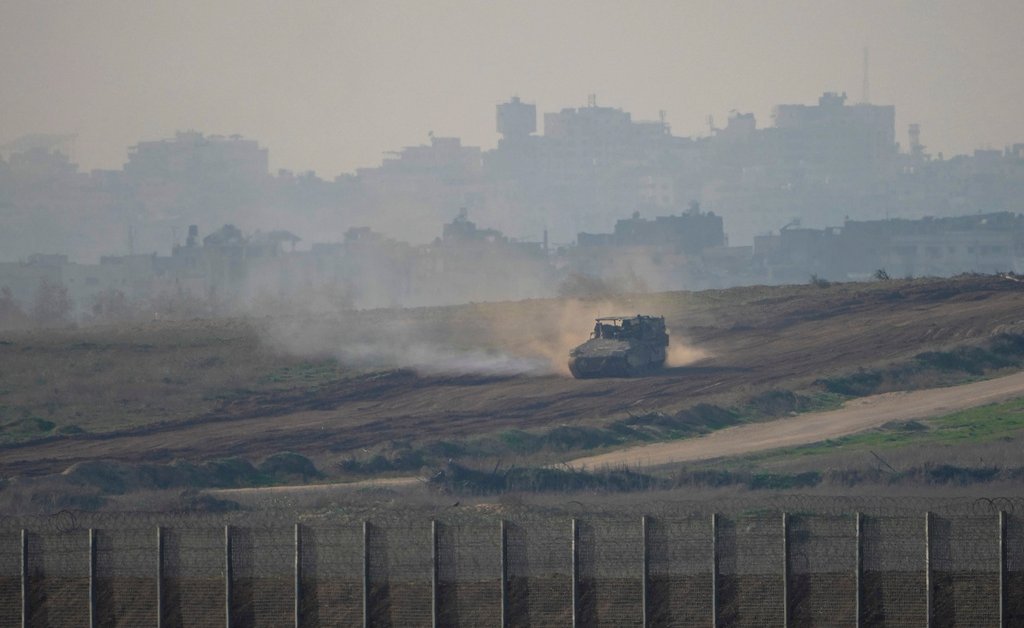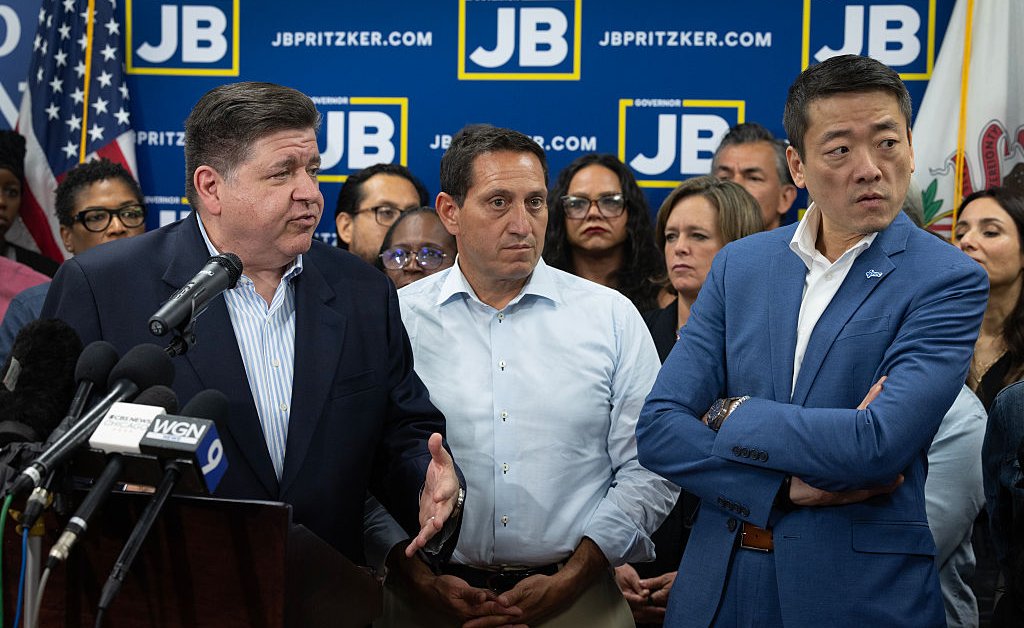
When I began my career as a producer at The Weather Channel 28 years ago, I never imagined that I’d spend so much of it standing in the path of storms—or how much it would teach me. I often joined our teams in the field live before the storm, during landfall, and through the aftermath. It was storm chasing in the truest sense, but it also revealed something deeper: preparation, teamwork, and perspective aren’t just essential to surviving a major weather event; they’re the building blocks of good leadership.
[time-brightcove not-tgx=”true”]
Some nights were unforgettable. With the University of Oklahoma’s Doppler on Wheels team, I once reported while eight tornadoes touched down in a single evening. It was terrifying, yet awe-inspiring. But what stuck with me was the responsibility of documenting nature’s extremes so communities could prepare, respond, and recover.
Other moments were sobering. After a mile-wide tornado tore through Norman, Okla., families told me through tears and hugs, “Your reporting saved our lives.” That was when something truly clicked for me.
The work my colleagues and I do isn’t just about predicting rain or sunshine. It’s about protecting people. That realization has fueled my passion ever since and continues to shape my leadership style today.
A forecast for leadership
Storm chasing may sound reckless, but in reality, it’s about calculated risks. You prepare, you act, and then you adapt. The best leaders do the same: forecast scenarios, move decisively, and steady their teams through uncertainty.
For example, a CEO prepping for a product launch might map out what happens if global supply chains are disrupted, if customer adoption is slower than expected, or if a competitor announces a rival feature soon after. Forecasting multiple scenarios ahead of time means leaders can respond with precision instead of scrambling under pressure.
With the right data, leaders can anticipate impacts, adjust operations, and even seize opportunities. Weather shouldn’t just be something you react to. It should be built into your strategy. That’s why I say weather data, and data in general, still remains one of the most underused resources in business. No leader should make multimillion-dollar decisions without insights from experts who understand risk.
Teamwork is the other non-negotiable. In the field, I trusted the driver to keep us safe, the meteorologist to interpret data, and the camera crew to capture what mattered. If one person fell short, the whole operation would collapse. In business, the dynamics aren’t so different: success requires alignment, trust, and moving in sync toward a common goal.
Imagine a cross-functional team rolling out a new initiative. An effective leader emphasizes teamwork and doesn’t just assign tasks; they create standards, like daily check-ins or rotating team leads, to ensure stakeholders are accountable, empowered, and heard. The result is the same as in storm chasing: no weak links, just one team moving forward together.
Perspective matters too. Covering a major weather event like a hurricane is vastly different from forecasting a rainy commute. As leaders, keeping perspective on the true weight of your decisions—especially about what is, or isn’t critical—is what helps cut through the noise and stay focused.
Chasing storms also taught me that people don’t always behave logically. Some evacuate early and feel frustrated when storms shift course. Later, they may stay put, even as the danger level rises. I’ve seen families gamble with hurricanes because they assumed, “It won’t happen to me,” or resented the inconvenience of leaving.
That mirrors the challenges leaders face daily. Inspiring people to act quickly, even when it’s uncomfortable, is one of the hardest parts of leadership. Executing this might mean a leader not only communicates the risks of inaction but also models decisiveness themselves. For instance, when rolling out a difficult organizational change, setting clear guidelines shows visible commitment, and provides immediate small wins that prove why change matters. By doing so, leaders can encourage their team to move before the “storm” fully arrives.
The changing climate of risk
After two decades in this business, I’ve seen risks evolve and intensify. Warming oceans fuel stronger, wetter hurricanes. Tornadoes now strike year-round. Out-of-season extremes, like a cold snap in August or a winter heat wave, are catching communities and businesses off guard.
At the same time, the stakes keep rising. More people live on coastlines. More infrastructure sits in vulnerable zones. Damage totals climb not just because storms are stronger, but because we’ve put more in their path. Preparedness has never been more important, yet too many people still treat weather as an afterthought.
As we move through the peak of hurricane season, I carry with me every lesson from my storm-chasing days. Preparation beats panic. Teamwork beats bravado. And respect—for nature, for data, for people who depend on us—beats every shortcut.
Extreme weather will always test us. So will leadership. The question is never whether the storm will come. It’s whether, as a leader, you’ll be ready when it does.








